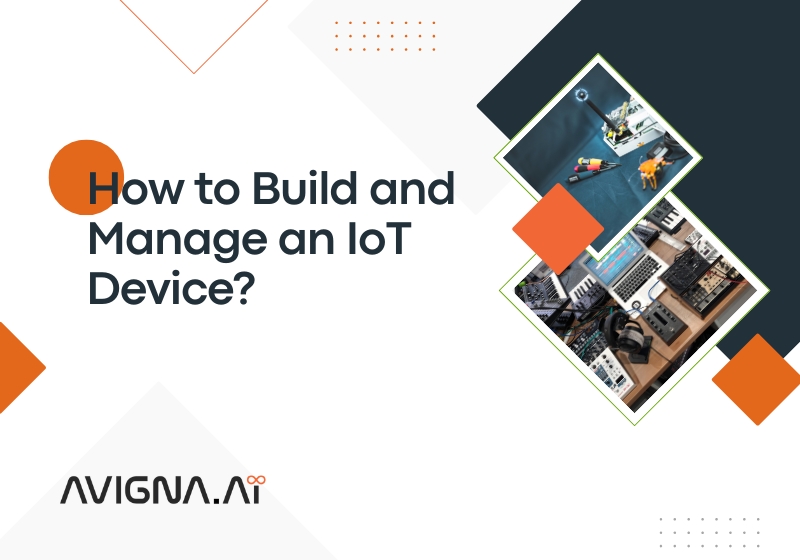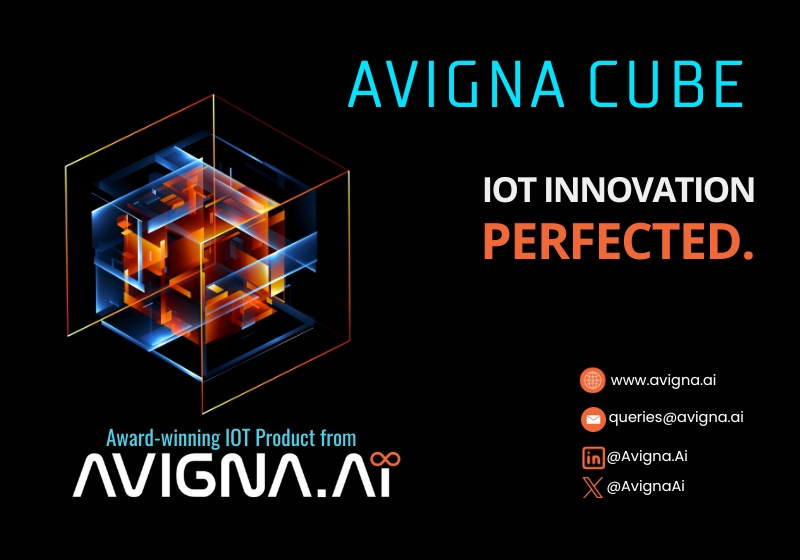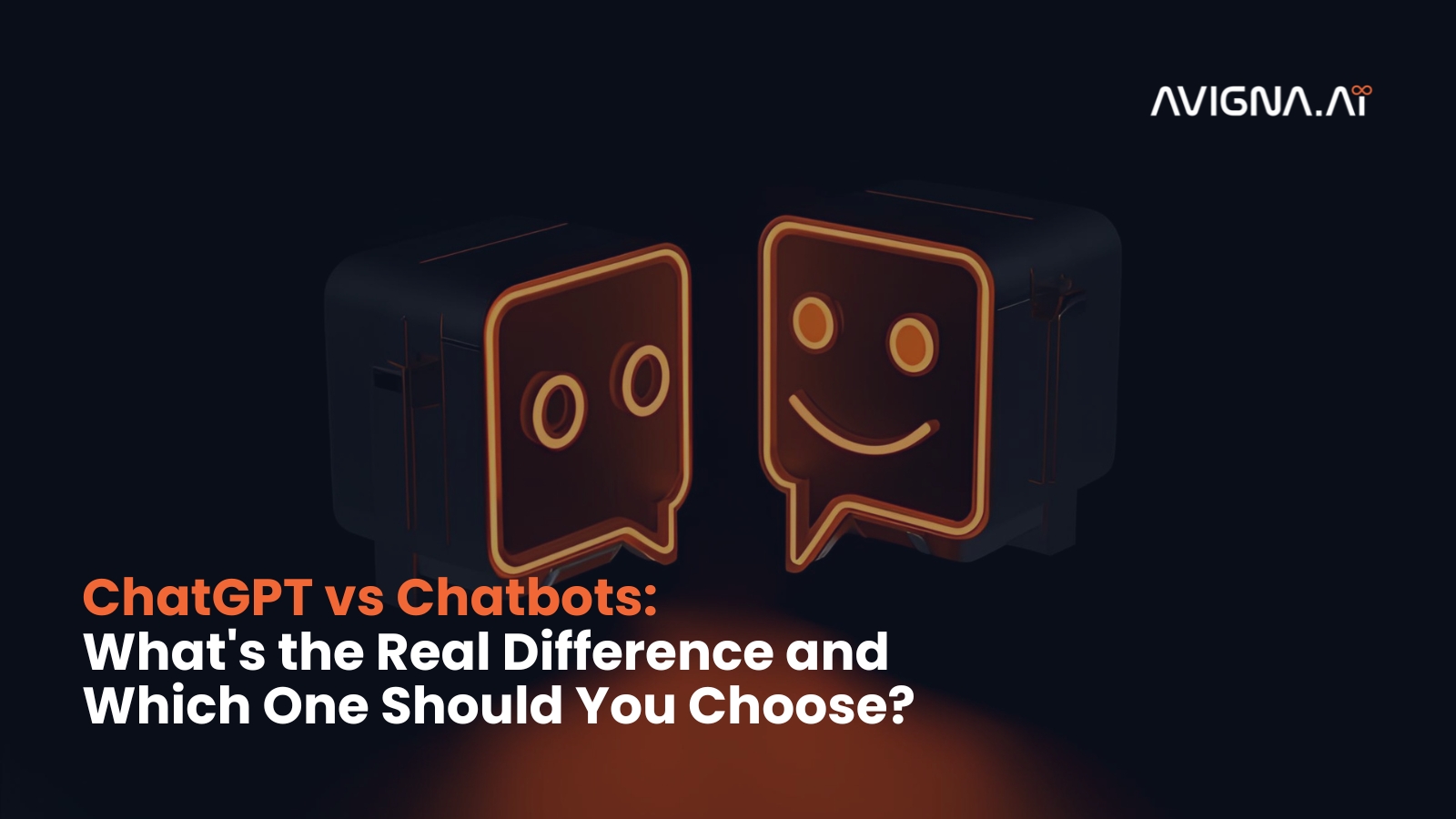How to Build and Manage an IoT Device: A Comprehensive Guide to Development and IoT Device Management
What we see today is that because of IoT, the gap between the physical and the digital world is blurred. And to remain in this market you must have thought of developing your own IoT device. You can be an aspiring entrepreneur, a tech-savvy hobbyist, or a product developer. This guide will explore the complexities of how to make a IoT device. In this article, I will explain the strategies to bring your ideas into reality. You will also learn that the ideas become successful in deployment and maintenance.
Defining Your IoT Device Objectives
The first step in developing IoT devices is to consider exactly what you want to do with them. What specific problem does your solution seek to eliminate? What added benefits does your device offer to the marketplace or your users? Such critical thinking will help in the overall design and development plan.
Some factors that must be covered while IoT prototyping are:
Use Case and Functionality: You should first define what will be the primary use of your IoT device. This could include everything from home automation to industrial monitoring to healthcare tracking.
Target Audience: Another thing is understanding the audience of the device with respect to their inconveniences and expectations. Create a smart IoT device with their comfort in mind with a higher probability of acceptance and use.
Competitive Landscape: Research the existing market IoT prototyping and figure out their features, strengths, and weaknesses. This will help you find new opportunities for innovation and differentiation. It will enable you to create a device that stands out from the competition.
Technical Feasibility: Then you must analyze the technical capabilities of your concept. You can do it on an IoT device based on the already available hardware, software, and connectivity. This will indicate the possible limitations early on so you can come up with a realistic yet achievable plan.
Scalability and Flexibility: Finally, consider future growth and international expansion plans while learning how to make a IoT device. Always make sure that design and architecture must be sufficiently scalable and flexible to allow future updates.

Selecting the Right Hardware Components
After defining your objectives and plans, we will be moving on to actually how to make a IoT device. An IoT device is made up of software and hardware. Firstly, let us see what kind of hardware you must use while doing IoT prototyping.
Microcontroller Selection
First step is to consider the processing power as well as memory and energy efficiency requirements of your IoT device.
You can go with microcontrollers such as Arduino, Raspberry Pi, ESP32, and Arm-based controllers. Always choose one which supports remote IoT device monitoring.
Look also into programmability aspects and peripheral interfaces that may consider integration into an existing ecosystem.
Sensor Integration
Now according to the needs of your device, determine the types of specific data inputs. It can be temperature, humidity, motion, or position.
Research and choose sensors that are able to collect data of requirements accurately and reliably.
Make sure that the sensors match your microcontroller and would be able to integrate well.
Connectivity Modules
Then select communication protocols suitable for your IoT device. You can use Wi-Fi, Bluetooth, cellular, or LoRaWAN.
Select the suitable connectivity modules having the required range, bandwidth, and power consumption.
Power Management
Decide on the power source of your IoT device. It includes mains, battery, etc.
Minimize consumption by choosing energy-efficient components and effective power management methods.
Provide enough energetic supply to your device while guaranteeing its reliability over its lifespan.
Enclosure and Mechanical Design
Design an enclosure that is tough enough, offers protection, and looks good for your IoT device.
Some of the factors to consider are weathering, heat dissipation, and accessibility for maintenance and updates.
Further, you should integrate hardware components into the enclosure to create a smooth and user-friendly design.
Designing the IoT Device Software Platform
You have now researched and chose the best hardware for your IoT device. Now, for connecting that hardware with the user, you need a software. And in IoT prototyping always have a software that is user friendly and easier to understand.
Embedded Software Development
Firstly, you will select a programming language and development tools appropriate for the IoT device. For example, C, C++, Python, or Arduino.
Implement efficient algorithms and data structures to minimize the IoT device’s performance overhead and resource utilization.
Firmware and Over-the-Air (OTA) Updates
You should have a system that can give a secure and reliable firmware update when needed.
Add OTA update capability so that you can use remote IoT device monitoring. It helps to have the latest bug fixes, security patches, and feature enhancements.
Also, create a comprehensive update management system that will track every device’s firmware version, schedule upcoming updates, and monitor the whole update process.
Edge Computing and Data Processing
Use edge computing so that your IoT device can run and analyze data locally, minimizing latency and constant connectivity to the cloud.
Implement effective compression algorithms, filtering, and preprocessing techniques to reduce the data sent to the cloud.
Decide the best options for data storage and caching to be applied, depending on the memory and processing restrictions of your IoT device.
Security and Privacy Considerations
Employ robust security techniques for encrypting, authenticating, and providing access control to the IoT device and the data it collects.
Stick to the accepted standards and best practices of secure IoT device development like OWASP IoT Security Guidance.
Integration with Cloud Services
Go with a suitable cloud platform (such as AWS, Azure, or Google Cloud) that best fits your IoT device requirements and your general technology stack.
MQTT, CoAP, or WebSockets can be used to create secure and reliable protocols of communication between your IoT device and the cloud.

Implementing IoT Device Management Strategies
The stages of IoT device development are incomplete without having effective IoT device management strategies. You should have a framework of how and when these strategies can be used. A well-planned strategy will help you stand unique in the market. It can help you minimize operational complexities, enhance security, and maximize the value your IoT device provides.
Device Provisioning and Onboarding
You should streamline the process of securely onboarding an IoT device onto your network. Always ensure easy integration and configuration.
Implement authentication and authorization mechanisms that protect your IoT devices and the information they generate from unwarranted access.
Create easy-to-navigate onboarding experiences for end users setting up and connecting their IoT devices.
Remote IoT Device Monitoring and Control
Always have a centralized IoT device management platform. It enables you to remotely monitor the health, performance, and status of your connected devices.
With remote monitoring in your hand you can diagnose issues, adjust your device setting and provide updates when needed.
You can also employ data analytics and visualization tools. It provides analytics of device usage, energy consumption, and system performance.
Firmware and Software Updates
Go for a serious solution for firmware and software update management. Ensure that upgrades of IoT devices comply with security patches, bug fixes, and added features.
Create OTA update functionality to dispatch updates directly to IoT devices with minimal manual input.
If the update does not happen correctly, you should have a rollback feature to restore the previous version.
IoT Software Development Lifecycle Management
You should establish a strategy to manage the full life cycle of an IoT device, from initial deployment until the time of retirement or replacement.
Have a defined process for the decommissioning of devices, sanitizing data from personal data, and secure disposal. It should be implemented with compliance and environmental best practices.
Include predictive maintenance and proactive alerts to catch and address issues before they become serious and minimize the life of your IoT device.
Security and Compliance Monitoring
Always monitor security vulnerabilities, unauthorized access attempts, compliance with various industry standards and regulations.
Use strong facility security measures like encryption, secure boot, and hardware-based root of trust for the IoT devices.
Establish incident response and breach mitigation protocols. They are very helpful when any security incident or data breach happens. You can then immediately respond without affecting IoT software development lifecycle.
Optimizing IoT Device Performance and Energy Efficiency
So far, we have learned about what is IoT software development lifecycle and different IoT device management strategies. But along with that we should also focus on enhancing our IoT device’s performance while keeping a check on its energy efficiency. Optimization in these areas goes a long way in improving user experience, the life span of the device, and the viability of your IoT solution.
Hardware Optimization
You should choose microcontrollers, sensors, and connectivity modules that reduce energy expenditure but are appropriate energy-wise for your IoT device.
Use targeted energy management methods such as duty cycling, low power modes, and energy harvesting for reduced energy consumption in devices.
Software Optimization
Have an efficient firmware and embedded software applications. It reduces consumption in CPU and memory, subsequently contributing to lowering the total power consumption of your IoT device.
Also apply smart data processing and transmission. You should use data compression, edge computing, and adaptive sampling rates. It will save energy while transmitting a lesser quantity of data.
Network Optimization
Choose the most appropriate communication protocols and connectivity modules. It should be based on your IoT device’s power requirements and data transmission needs.
You can implement sleep modes, duty cycling, and other low-power networking strategies. It will reduce the energy consumption of your device’s communication subsystem.
Device Diagnostics and Telemetry
This would make possible an all-inclusive installation of each IoT device. You should be acquainted with its live performance, energy consumption, and overall health.
This will then be used to help in eliminating inefficiencies, optimizing configurations of devices, and foreseeing failures or needs for maintenance.
You can also use this in IoT software development lifecycle for fine-tuning the software, hardware, and network parameters found in an IoT device.
Maintenance and Upgrades
Create a proactive maintenance schedule so that all of your IoT devices are performing well at optimal levels. This means making sure of regular firmware updates, sensor calibrations, and hardware inspections, among other things.
Lay the upgrade path directly for your IoT devices. It enables you to give new features for their improved abilities and then fix whatever has gone bad in performance or efficiency over time.
Sell the users the importance of IoT maintenance and upgrades while educating them on the added value and best ways to go about it.
Conclusion
Learning how to make a IoT device is not just a one-time thing. IoT development is constantly aided by flexibility and innovation seeing the needs of world. Therefore, what we should focus on is enhancing our methodologies and how we work. We should interact with more industry professionals and look for different problems that can solved with an IoT device. Only this type of approach can help us build and manage an IoT device. Follow us on social media for regular updates on IoT. Schedule a free consultation with us for IoT implementation.





